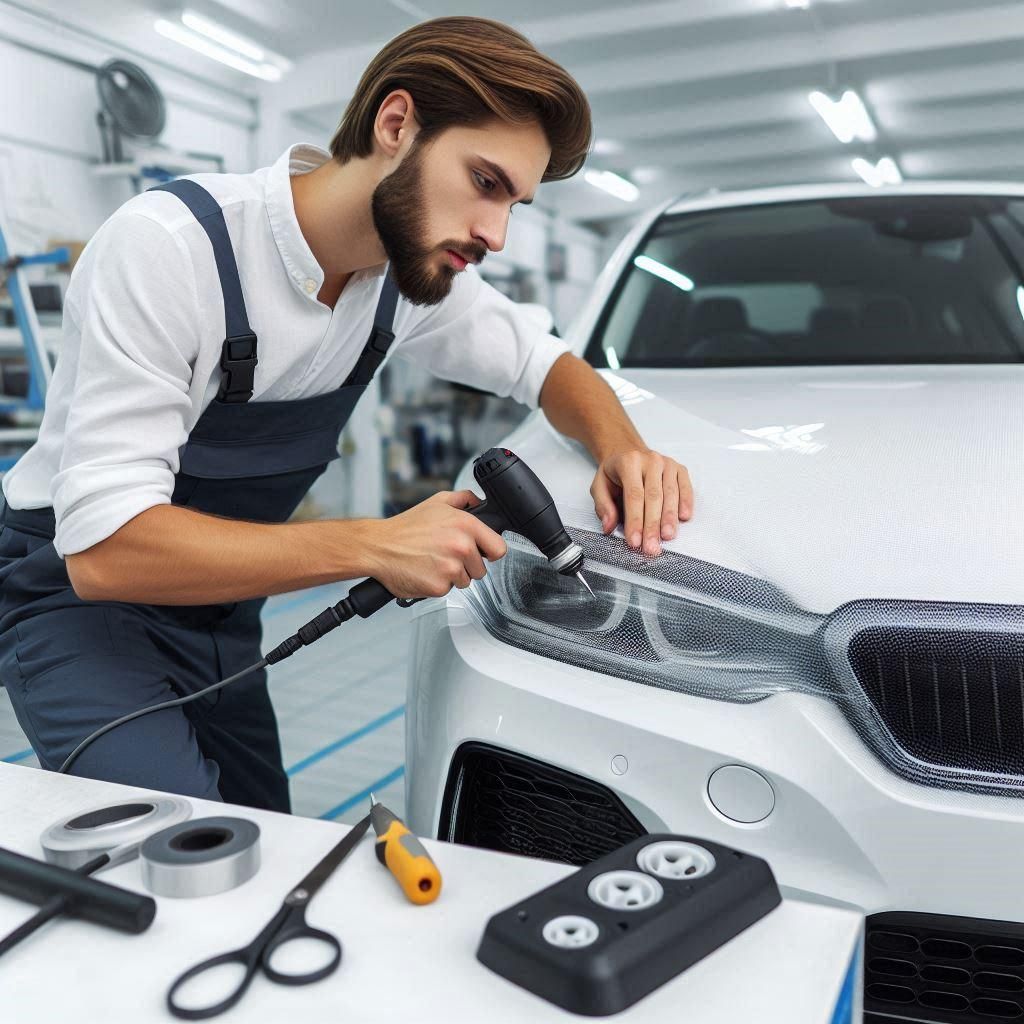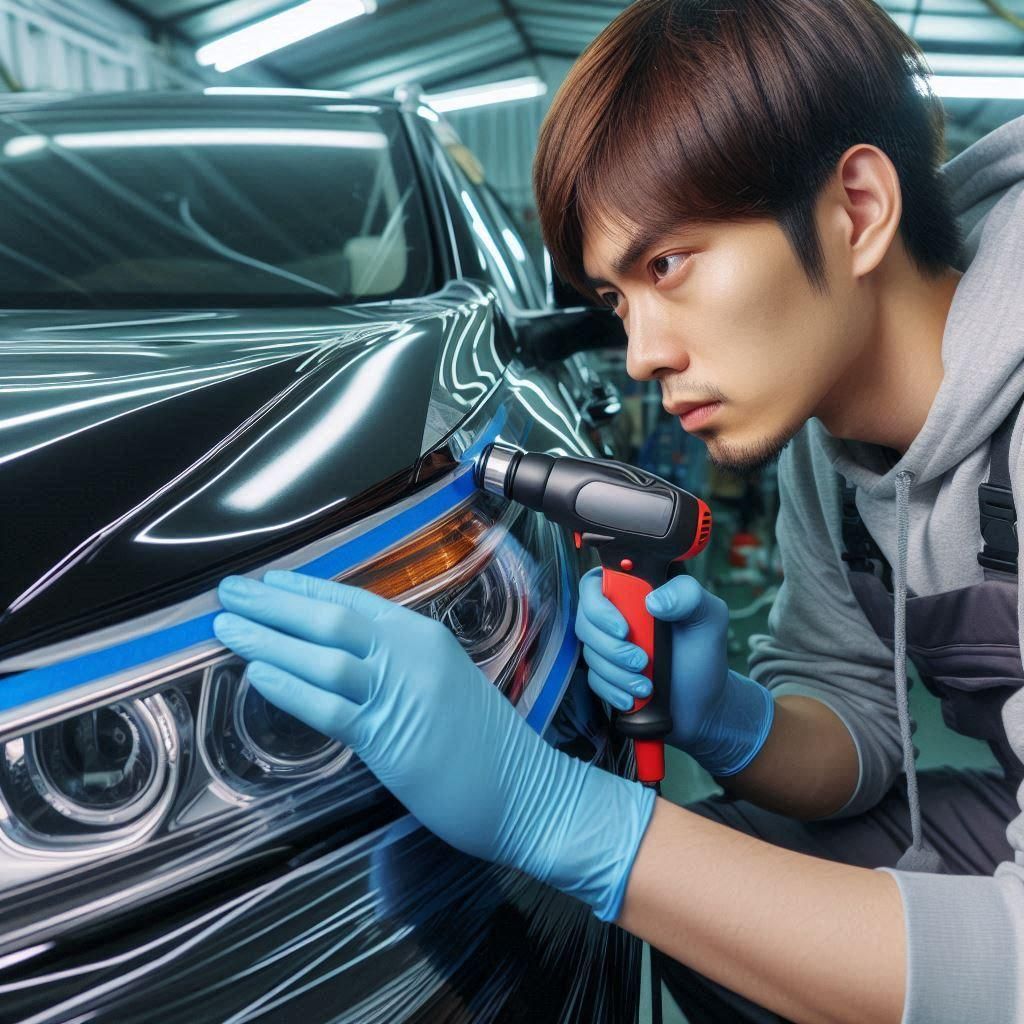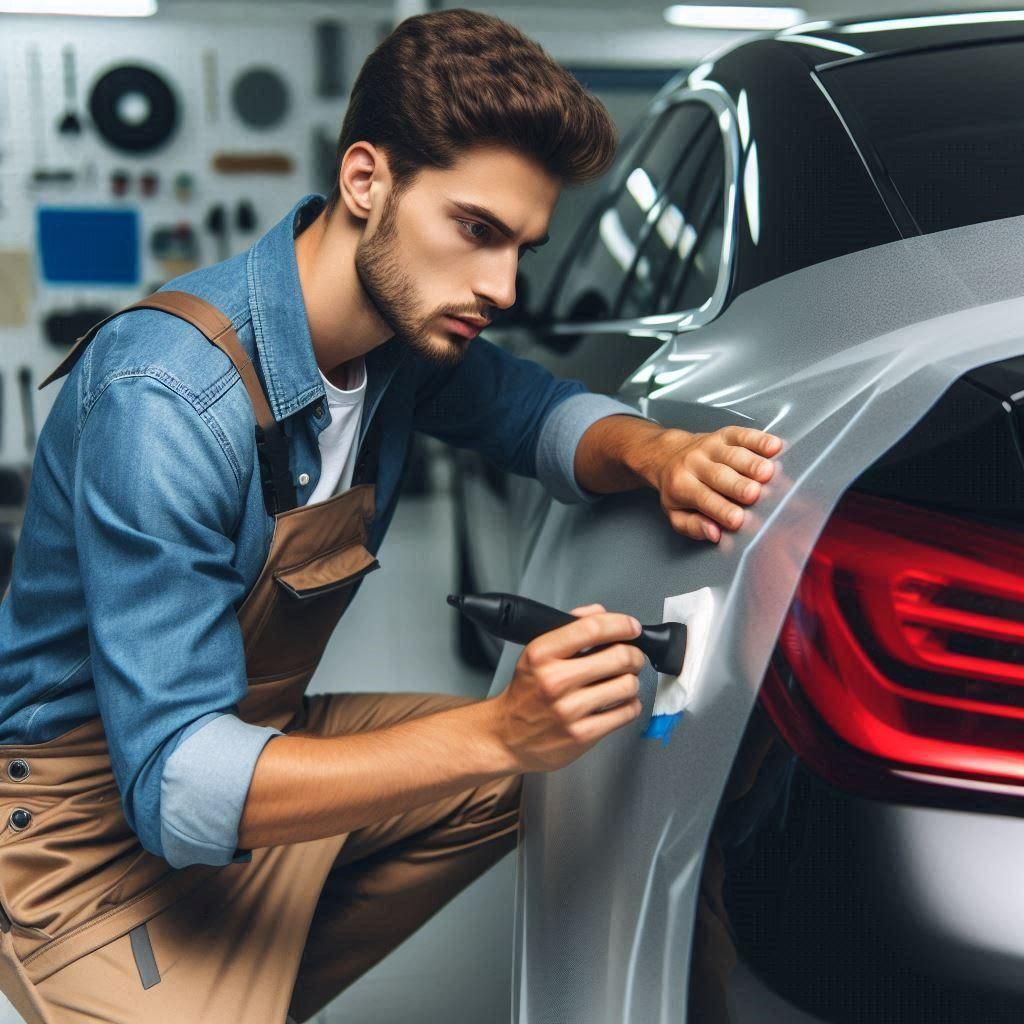Advertisement
In the world of auto care, maintaining that fresh look on your car is everything. Applying Paint Protection Film (PPF) is one of the most effective ways to preserve the exterior finish of your vehicle.
This sophisticated material provides a tough, transparent protective layer that safeguards paintwork on cars. There are a lot of misconceptions around the concept of Paint Protection Film, which is why we present you with five critical things you should know about it.
1.Paint Protection Film explained
Paint Protection Film refers to a thermoplastic urethane film applied over the car’s painted surfaces to prevent paint chipping, scratches, staining, and other minor damages.
Initially for military applications, PPF has since transformed into an increasingly popular automotive accessory among car hobbyists and everyday drivers too.
Key Characteristics:
●Long-lasting: PPF is exceptionally long lasting, as it can endure tough weather conditions, road debris, and some minor scratches.
●Transparency: Modern PPF is almost invisible once applied, preserving the original look and shine of your vehicle.
●Self-Healing Properties: Most good-quality PPFs have self-healing properties in that small scratches may heal through the sunlight heat of any external heat source.

2.Benefits of Paint Protection Film
The main advantage of PPF is its durability, but there are also many other benefits that make it a wide investment for your car.
●Protection from Physical Damage: PPF acts as a barrier against various physical damages. It protects your car from rock chips, road salt, bug splatter, bird droppings, and tree sap, which will all ruin the paintwork with time.
●Maintains Resale Value: PPF helps to retain the resale value of your car by keeping the paint in excellent condition. A car with pristine paintwork is more appealing to potential buyers and can command a higher price.
●Ease of Maintenance: PPF makes cleaning your vehicle easier because dirt doesn’t stick to the film’s surface, so you don’t need to make much effort when washing your car. Besides, PPF does not stain when oil tar or other pollutants drop on it.
●UV Protection: The PPF offers UV rays protection that can cause the paint to fade away with time.
3.Types of Paint Protection Film
There are different kinds of PPFs available in the market, and each one has its own distinctiveness and benefits. The personal choice you need to make will therefore depend on what you want from it.
●Standard PPF: This is the most familiar kind of PPF, offering minimal safeguard against physical damage. It is transparent and glossy, hence preserving the original of a car.
●Matte PPF: This type of film works best with vehicles that have matte painting as their finishing touch. Matte ppf still gives the same kind of protection as standard ppf while at the same time enabling one to enjoy a unique appearance.
●Sell-Healing PPF: Slightly damaged areas like scratches or swirl marks alone can be amended by this improved version of PPF without any human intervention, for that matter, should heat get applied over its surfaces.
Over time, it remains aesthetically smooth and crystal-clear because heat induces a self-repair process.
Advertisement
●Hydrophobic PPF: It takes a lot for water to stay on hydrophobic paint protection film due to its repellent nature that causes surface water to drop off in the form of beads.

4.Maintenance and Longevity of Paint Protection Film
Paint Protection Film (PPF) is not a temporary solution.
●Regular washing: While PPF is resistant to dust and strains, maintaining its outlook requires frequent cleaning. Use mild motor detergent and a soft piece or sponge that will prevent scratches on the film.
●Avoid strong chemicals: Do not use harsh chemicals or abrasive cleaning materials, which can damage the film. Go for things that are safe to use on PPF only.
●Check for damage: Sometimes check if there have been any damages on the film of lifting corners. It is important to fix these problems as soon as they occur so as to avoid more damages occurring.
●Professional examination: It would be wise to have an expert examine your PPF every now and then, just to make sure that it's in good shape. They can offer maintenance or repair services that will ensure that the film remains effective at all times.
5.Applications of Paint Protection Film (PPF)
Paint Protection Film (PPF) is a multi-purpose solution that effectively maintains the original status of many surfaces. Here are some common applications of PPF, demonstrating its usefulness and effectiveness:
●Automotive Exterior Protection: PPF is often employed on exterior automotive finishes such as hoods, fenders, mirrors, and front bumpers to save them from debris, bugs, and minor scuffs. It will maintain the car's paintwork, aesthetic value, and resale price without changing its looks.
●Headlight and Taillight Protection: To preserve clarity and brightness for improved visibility as well as safety, PPF can be used on headlights or taillights to prevent destruction by rocks and other objects as well as UV rays.
●Interior Trim Protection: Inclusion of door sills, dash panels, and center consoles in high-touch areas inside the cabin helps prevent scratches that may come from shoes or items being carried in the vehicle, maintaining the vehicle’s internal components in good condition.

Frequently Asked Questions
Is Paint Protection Film (PPF) visible once applied?
Modern PPF is nearly invisible after application, preserving your vehicle's original appearance while offering robust protection against scratches and minor damage.
How effective is PPF against UV rays?
PPF provides excellent UV protection, safeguarding your car's paint from fading and maintaining its vibrant color over time.
Can Paint Protection Film self-heal scratches?
High-quality PPFs often feature self-healing properties, where minor scratches can repair themselves when exposed to heat or sunlight, ensuring a smooth and clear surface.
What maintenance does PPF require?
Regular washing with mild detergent and a soft sponge is sufficient to maintain PPF. Avoid harsh chemicals and abrasive materials that could damage the film's protective layer.
Advertisement





